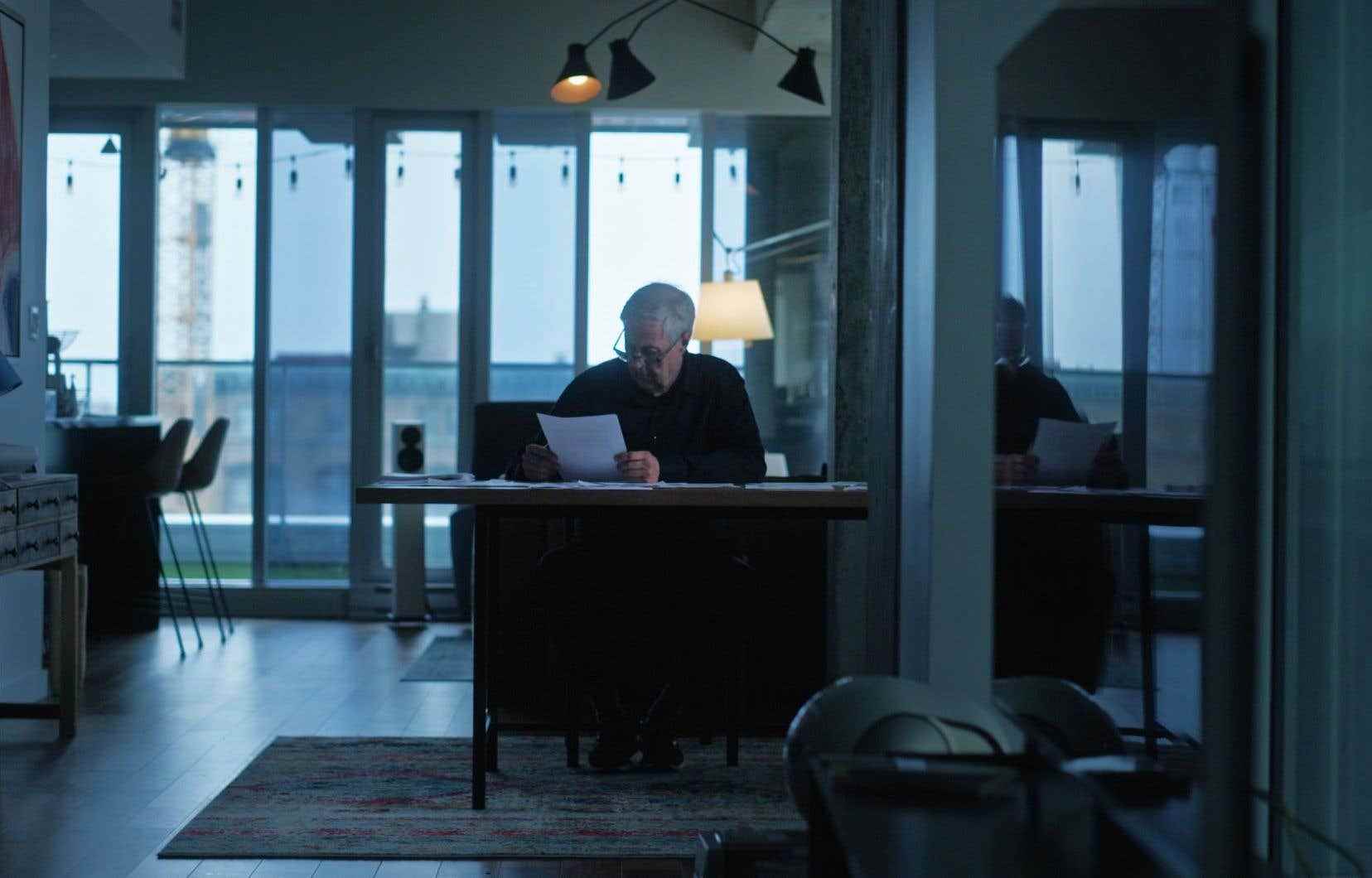The sequence appears in the second episode of the new punch series children’s collectors, by animator Paul Arcand. He accompanies Geneviève Guilbault, Minister of Public Security, to an exclusive presentation of the Sûreté du Québec (SQ). A projected map shows them the location of computers exchanging child pornography images. More than 3100 points rub shoulders on the map.
To this should be added the activities in Montreal, a territory for which the SQ does not have the mandate to take the full measure of the problem. Quebec is also described in the documentary by Marco Breton, commander of sexual exploitation and morality at the SPVM, as a fertile ground for cyberpedophilia with activities superior to those of Ontario.
In another scene from the first episode, Mr. Arcand joins a police team as an observer to arrest a man suspected of possessing and trading child pornography. A search of his seedy apartment uncovers 91 illegal files.
Another sequence, probably the most disturbing of the two episodes presented on Monday for press viewing, is organized around the interview with Roger, an arrested and convicted cyberpedophile. As it seems to be the norm in this dark environment, he invokes excessive stress to explain his deviance. He laments the effect of his arrest on his life and that of those close to him, but never talks about the victims in the images he overconsumes.
His wife, Claudette, finally joins the interview. She explains why she made the choice to stay with her husband despite the shame, the ostracization and all the backlash she too suffered. Self-denial pushed far, very far…
The sesame of the investigation
This is how Paul Arcand asserts himself as the sesame of social documentary: his overloaded notoriety at the microphone of 98.5 FM in Montreal allows him to open all doors, including the most bolted. He meets young victims of pedocrime and, in the third episode (not shown), he gives access to the Gaspé prison, which specializes in the treatment of sexual delinquency.
The star animator uses his exceptional power to expose the crimes committed against the weakest in society, children and adolescents. This was already the case with The thieves of childhood (2005), which painted a very critical portrait of youth protection in Quebec. children’s collectorsbroadcast on Quebecor’s Vrai platform, can be seen as a thematic follow-up to this first work.
“It’s another difficult subject, that’s for sure,” says Mr. Arcand, who worked with director André St-Pierre. I went into this universe, I invested two years of work with the team. We try to shield ourselves somewhat, but… All the films I’ve made still live with me. I tell myself that I’m lucky to have a microphone, a certain notoriety, people who want to work with me and a broadcaster who agrees to present the result. »
The Department of Youth Protection is collaborating on the new opus. One of the stories featured concerns a teenage girl who was the victim of sexting. Here again, the very field documentary accompanies the workers, from their office to the school, where the young person refuses to file a complaint.
The SPVM is also exceptionally transparent. Until a few years ago, the squad specializing in all types of sex crimes numbered around ten people. The only section devoted to the sexual exploitation of children now employs nearly twenty police officers.
“It was really a first for us to open our doors to a production company,” explained Commander Marco Breton, present at the viewing, on Monday. “Six months ago, I was not necessarily in favor of this opening. We have a lot of investigative techniques to protect if we still want to be effective and stop other predators. »
What work ! The police officers of the documentary (in fact, especially policewomen), who plunge into horror daily, must take precautions to spare themselves.
“We have to respect hygiene, explained to the journalists the detective sergeant Michelle Lanteigne, one of the figureheads of the series. I discipline myself a lot. We have an assistance program, meetings with psychologists, in individual groups. When we do viewing, we respect certain rules. We don’t do it at the end of the day so as not to stick the effect with the arrival at home. We don’t listen to music so as not to associate sounds and images. We limit the time spent viewing the images. We focus on what we do. I find my balance by focusing on investigations. »
